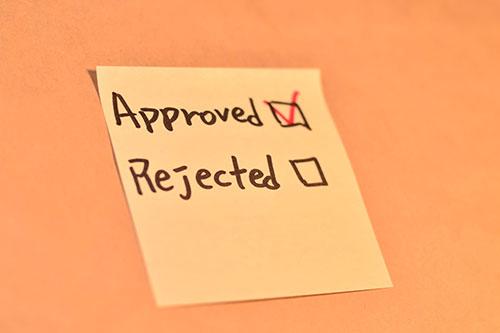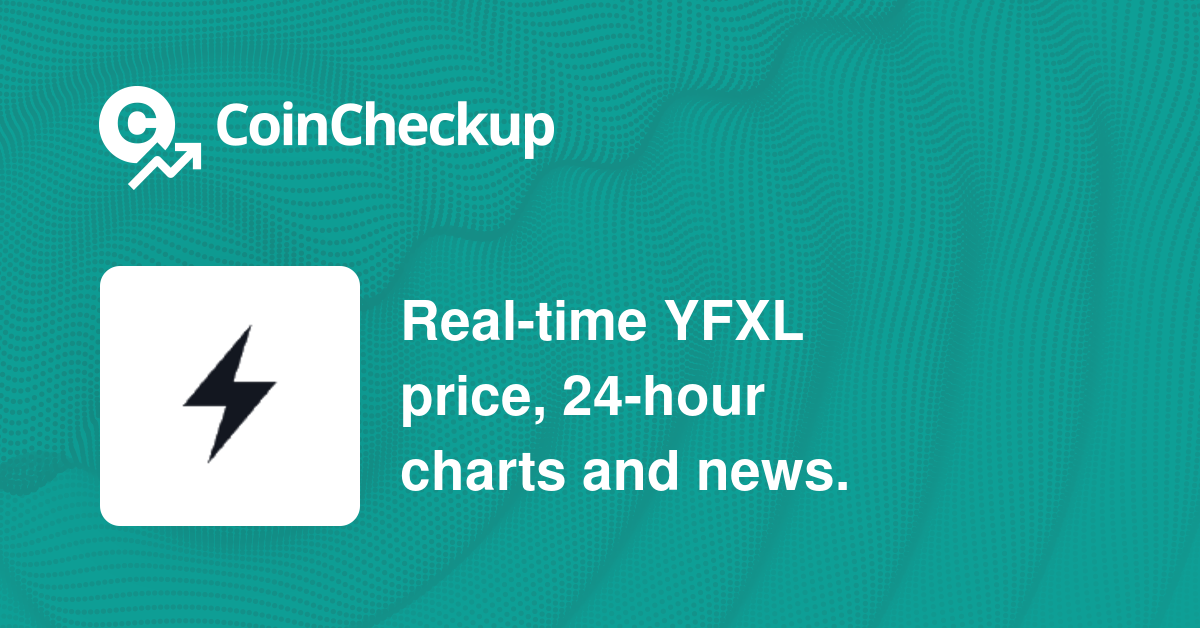For many people, buying a home requires a pile of cash, putting homeownership out of reach. However, for those who qualify because of their military service (or spouse’s military service), it’s possible to get help buying a home with little or no money down through the VA loan program.
How does a VA loan work, you wonder? Do VA loans have PMI? Do VA loans require mortgage insurance? For answers to these and other questions, take the time to learn more about the VA mortgage loan, who qualifies for a VA loan, rules for VA loans and more by reading on.
What is a VA loan?
A VA loan is guaranteed by the U.S. Department of Veterans Affairs. The loan itself isn’t actually made by the government, but the fact that it’s backed by a government agency makes lenders feel more comfortable offering these loans because they take on less risk than with a conventional mortgage.
As a result, it’s possible to get a VA loan without a down payment, and sometimes with looser credit standards. While you still need to meet certain requirements, and the lender still needs to approve you, if you qualify for a VA loan, it can help you attain homeownership with less money than you’d need in the bank otherwise.
How does a VA loan work?
The process of pursuing and applying for a VA loan is similar to what’s involved with getting a traditional/conventional mortgage loan.
Basically, you fill out paperwork from the VA that verifies your eligibility for the program. You also receive what’s known as your entitlement, which is the dollar amount guaranteed on each VA loan. Lenders might be willing to loan up to four times the amount of your entitlement.
With all of that in place, it’s possible to get a VA loan with no money down. You may be wondering: Do VA loans have PMI (private mortgage insurance)? The good news is that VA loans don’t require PMI, but you will pay a VA funding fee when you close, which will be a percentage of the loan’s total value. That fee helps keep the program running for future borrowers.
Who qualifies for a VA loan?
First of all, you need to make sure you’re eligible for a VA mortgage loan. The government has service requirements for veterans or those on active duty, and also offers opportunities for certain military spouses to qualify for VA loans. You can get more information from the government’s website, but the basic requirements include:
- You’re currently on active military duty, or you’re a veteran who was honorably discharged and met the minimum service requirements.
- You served at least 90 consecutive active days during wartime or at least 181 consecutive days of active service during peacetime.
- Or, you served for more than six years in the National Guard or Selective Reserve.
If your spouse died in the line of duty, you may qualify for a VA loan.
In order to apply, you need to obtain a VA Certificate of Eligibility, or COE. Without this certificate, you won’t be able to get your VA mortgage loan.
How to apply for a VA loan Certificate of Eligibility (CEO)
If you’re looking for a VA loan Certificate of Eligibility, you can get one by applying through your eBenefits portal online or even applying through your lender.
In order to apply, you do need to provide different information, based on your current status. Veterans do need to provide a DD Form 214, and active duty service members need a signed statement of service. A statement of service should include:
- Full name
- Date of birth
- Social Security number
- The date you started duty
- Any lost time
- Name of the command providing the information
Different requirements may apply for National Guard or Reserve members, as well as surviving spouses. You can find more information through the VA’s benefits website, or by speaking to a qualified lender.
VA loan requirements
You should also keep these rules for VA loans and eligibility requirements in mind:
- VA loan limit: As of 2020, if you have full entitlement, you don’t have a VA loan limit. However, your lender may impose their own terms and your entitlement will still be pegged to conforming mortgage limits.
- You do have a home loan limit if you have remaining entitlement, which is true if: You have an active VA loan you’re still paying back; or you paid a previous VA loan in full and still own the home; or you refinanced your VA loan into a non-VA loan and still own the home; or you had a compromise claim (or short sale) on a previous VA loan and didn’t repay it in full; or you had a deed in lieu of foreclosure on a previous VA loan; or you had a foreclosure on a previous VA loan and didn’t repay it in full.
- If you have remaining entitlement, your VA home loan limit is based on the county loan limit where you live. This means that if you default on your loan, the VA will pay your lender up to 25 percent of the county loan limit minus the amount of your entitlement you’ve already used. Check your county loan limit here.
- Property type: Investment properties and vacation homes cannot be purchased using VA loan proceeds. Furthermore, you must occupy the home and use it as your primary residence.
- Credit score: The VA does not specify a minimum credit score requirement. However, borrowers might have a hard time getting approved by a lender if they don’t have at least a 620 FICO Score.
- Income: Borrowers need to show they have the income to make the mortgage payments. It’s equally important to not have a huge debt load since the lender will assess your debt-to-income ratio (DTI), or the percentage of your monthly income that’s spent on debt payments.
- Assets and down payment: There is no down payment requirement for VA loans, but the lender may have overlays (or specific criteria) that mandate a down payment in place for borrowers with lower credit scores.
- Reserve funds: Many lenders require borrowers to have an adequate amount of reserves – generally two to three months of mortgage payments – before clearing you to close on your loan.
It’s also possible to use home loan benefits after bankruptcy, as long as sufficient time has passed, typically two years after filing for Chapter 7 bankruptcy or 12 months after Chapter 13 bankruptcy.
Types of VA loans
| VA loan type | Description |
|---|---|
| VA mortgage | This allows qualified service members to purchase a home with no minimum down payment. |
| VA construction loan | Eligible service members can use this loan to build the home of their dreams. |
| VA cash-out refinance | This allows service members to swapout their conventional mortgage with a VA loan, with an option to turn home equity into cash if needed. |
| VA streamline refinance | This allows service members to replace a VA mortgage with a VA Interest Rate Reduction Refinance Loan (IRRRL), which can offer lower interest rates. It can also be used to change from an adjustable-rate loan to a fixed-rate loan. |
| VA rehab and refinance | This can be used by service members to finance the cost of improvements made to the home. |
| Native American Direct Loan (NADL) | This is available to Native American veterans to help them purchase, build, improve, or refinance a home that is located on federal trust land. |
VA home loan benefits
If you’re eligible for a VA loan, it’s worth considering over other loan types. Here’s why:
- The cost of borrowing is generally lower with VA loans.
- You can get approved for a VA loan with no down payment, but you’ll need at least 3 percent down for a conventional loan.
- The maximum DTI ratio is determined by the lender. So, you could still get approved even if you have a higher debt load.
- You won’t pay mortgage insurance over the loan term. However, it’s required for conventional loans with a down payment less than 20 percent and for the life of the loan if you get an FHA mortgage.
- Closing costs may be lower, and there are no prepayment penalties should you decide to pay the loan off early.
- You can refinance a VA home loan in the future.
How to apply for a VA loan
Once you have your paperwork in order, you can apply for a loan through a VA lender. Follow these steps to simplify the application process:
- Get preapproved for a VA loan.
- Find a home and make an attractive purchase offer.
- If your offer is accepted, sign a purchase contract with the buyer.
- Await the results of the home inspection and VA home appraisal.
- Submit any additional documents the underwriter needs to finish processing your loan.
- Remit payment for closing costs and sign the closing documents.
Also, keep in mind that not every institution offers VA loans, so you need to look for a lender that will work with you. In many cases, a good VA lender should be able to answer your questions and guide you through the process.
Be sure to compare loan terms and VA mortgage rates to ensure you’re getting the best deal for you. Also, make sure you’re aware of some of the basics of the VA loan process before starting. Refer to this guide for additional guidance.
If you’re struggling with your VA loan, there’s extra help available. The VA can help you negotiate with your lender if you can’t make payments. With the help of the VA, it’s possible to avoid foreclosure through loan modification or other repayment plans. Call 877-827-3702 if you need help.





